Ozone generators are legally available on Amazon primarily because they have legitimate uses when operated responsibly, yet misuse causes significant risks. The unpleasant, lingering smell after ozone treatment results not from ozone itself but from secondary chemicals formed when ozone reacts with materials in the environment. Proper use involves short durations, thorough ventilation, and cleaning to minimize hazards and odors.
Why Are Ozone Generators Legal to Buy on Amazon?
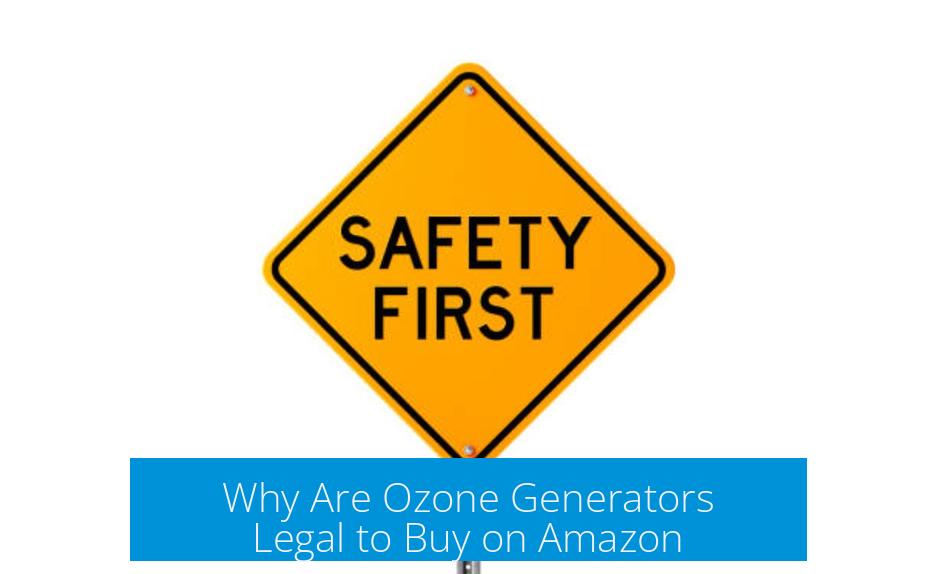
Ozone generators are legal online because they serve legitimate purposes in specific contexts. These machines produce ozone (O3), a powerful oxidant effective for disinfecting water, deodorizing unoccupied rooms, or eliminating certain contaminants. Regulatory bodies typically do not ban such devices outright, recognizing their industrial and commercial utility.
Amazon, as a marketplace, allows sales of these generators while expecting buyers to use them responsibly. Many users voice concerns about misuse—operating units for excessive periods or with people present—but the company avoids restricting access based on potential irresponsible uses.
- Manufacturers emphasize legitimate timing and dosage.
- Excessive governmental restrictions could hinder business and innovation.
- Most legal frameworks regulate safe usage rather than ban the product.
However, lack of strict controls can lead to health and safety problems if users ignore guidelines.
Dangers and Health Risks of Ozone Generators
Ozone is a reactive gas with a short lifespan—about 20 to 30 minutes under typical conditions—but it is harmful when inhaled directly or in excess. Its oxidizing nature can irritate the respiratory tract, cause chest pain, and exacerbate asthma or cardiovascular issues.
Key health facts include:
- Ozone should never be present in occupied indoor spaces at harmful concentrations.
- Exposure symptoms may include headaches, coughing, burning eyes, and sinus discomfort.
- Prolonged exposure can lead to chronic respiratory effects.
- The gas reverts to oxygen quickly, but secondary products can linger.
Users must avoid entering treated rooms until ozone levels are safe. The safe approach involves running generators in empty spaces for limited times with strong ventilation afterward.
How Ozone Generators Work and Why They Produce a Strong Smell
Ozone generators create O3 molecules by applying high voltage to oxygen. Ozone’s high reactivity allows it to break down organic molecules and pathogens, but this same feature causes chemical reactions with room materials.
The characteristic “ozone smell” after treatment is misleading. The actual detectable odor comes from secondary compounds formed when ozone reacts with:
- Plastics
- Rubber
- Organic residues such as oils, cooking residues, or smoke particles
These reactions produce volatile organic compounds (VOCs) like aldehydes, ketones, and formaldehyde. For example, ozone interacting with terpenes such as limonene commonly found in air fresheners or plant products leads to formaldehyde formation. Such chemicals create a sharp, irritating smell that can linger much longer than ozone itself.
Ozone’s half-life ranges from 20 to 30 minutes but varies with humidity, temperature, and concentration. It dissipates quickly by converting back to oxygen or reacting with surfaces. However, the VOCs it forms tend to adhere to surfaces and fabrics, prolonging odor presence.
How to Remove Ozone Smell and Residual Odors
Eliminating the lingering smell after ozone treatment requires a combination of ventilation, cleaning, and sometimes professional intervention.
Ventilation
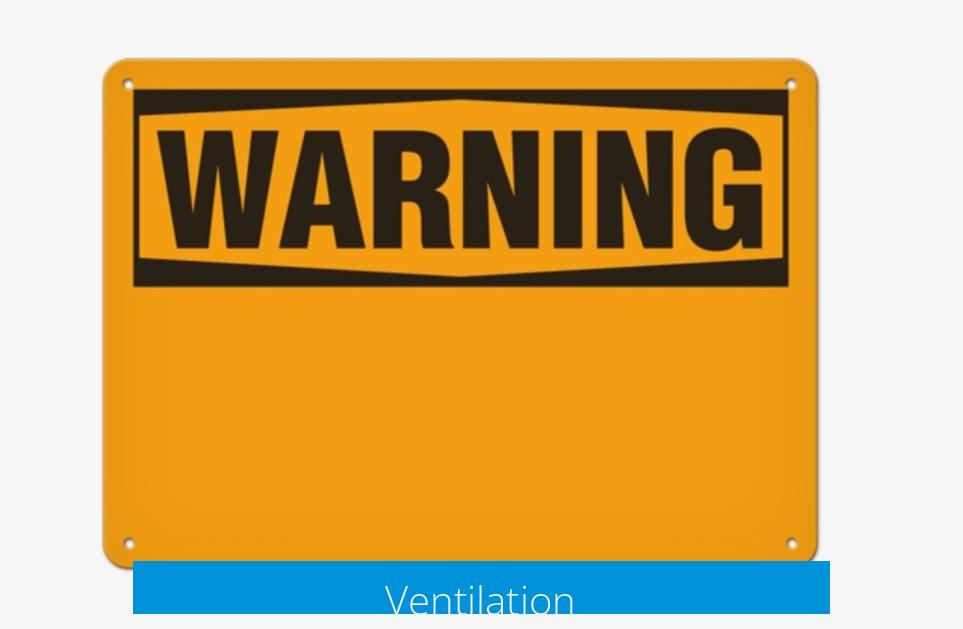
- Open all windows and doors to maximize airflow.
- Use fans to create cross-ventilation.
- Run air conditioning or heating systems to promote air movement and exchange.
- Airing out the space thoroughly helps dissipate ozone and secondary VOCs quicker.
Ventilation is the fastest, cheapest, and safest way to diminish ozone-related odors. It breaks down ozone and disperses volatile reaction products.
Cleaning and Surface Treatment
Since the odor often comes from reaction products bonded to surfaces, careful cleaning helps:
- Wipe down all surfaces, including walls, floors, furniture, and fixtures with isopropyl alcohol or citrus-based cleaners.
- Wash textiles such as curtains, bedding, and upholstery repeatedly.
- Use odor-neutralizing sprays like Odorcide 210 or solutions of vinegar and water.
- Activated charcoal or air purifiers with carbon filters can absorb remaining VOCs.
In severe cases, repainting or replacing carpets and deep-cleaning furniture may be necessary.
Professional Assistance
If odors persist despite ventilation and cleaning, professionals specializing in odor removal can help. They have access to industrial-grade equipment and chemicals like chlorine dioxide that neutralize biological and chemical odors more effectively.
Examples include mold remediation companies or specialty cleaning services equipped to handle ozone residue safely.
Health Effects and Safety Measures
Exposure to ozone or residual VOCs can cause acute respiratory symptoms and long-term health impacts. Reports include:
- Headaches, eye and sinus burning lasting days.
- Coughing, scratchy throat, difficulty breathing.
- Worsening of asthma or chronic lung conditions.
- In rare cases, seizures or severe respiratory distress.
To prevent harm, individuals should:
- Avoid entering spaces while the ozone generator runs and for at least two hours afterward.
- Wear masks and gloves when using cleaning chemicals.
- Ventilate rooms thoroughly before re-entry.
- Seek medical consultation if symptoms persist after exposure.
Proper Usage Guidance for Ozone Generators
The risks and odors can be minimized by following best practices:
- Operate ozone generators in unoccupied rooms only.
- Run the device for short intervals, typically 10 to 30 minutes depending on room size.
- Clean thoroughly before treatment to remove organic residues.
- Air out the room immediately afterward using fans and open windows.
- Avoid continuous operation or exceeding manufacturer-recommended times.
Many users who follow guidance note no persistent odors or health symptoms. Problems arise from prolonged exposure, ignoring ventilation, or poor cleaning.
User Experiences: Lessons from Overuse and Correct Application
Reports of negative experiences often stem from running ozone generators for many hours or days in a home. This saturates surfaces and the indoor atmosphere with ozone and VOCs, producing strong, unpleasant smells and health complaints.
Conversely, responsible usage for 15 to 30 minutes in combination with prior cleaning and proper ventilation tends to eliminate smoke, pet, or mold odors without adverse effects.
Summary of Key Points
- Ozone generators are legal to buy on Amazon due to legitimate, responsible uses.
- Health risks occur from improper use, especially running machines too long and in occupied spaces.
- The smell after ozone treatment comes from secondary chemicals formed by ozone reacting with indoor materials, not from ozone itself.
- Ozone dissipates quickly, but VOCs generated can adhere to surfaces and cause lingering odors.
- Removing the smell requires thorough ventilation, cleaning all surfaces and fabrics, and sometimes professional odor remediation.
- Never enter rooms while ozone generators run or before adequate airing out.
- Follow manufacturer instructions, limit use to short bursts, and ensure a clean space before treatment.
- Use professional help if odors or health symptoms persist.
Why are ozone generators legal to buy on Amazon despite their risks?
Ozone generators remain legal because many users follow safe guidelines and use them responsibly. Regulations tend to avoid restricting products for all due to misuse by some. Amazon allows sales but does not control how people use these devices.
What causes the lingering smell after using an ozone generator?
The odor is not ozone itself but chemicals created when ozone reacts with materials like plastics, fabrics, or organic substances. These reactions produce volatile organic compounds (VOCs) and other oxidized substances that stick around longer than ozone.
How can I effectively get rid of the ozone smell in my home?
Open windows and use fans to ventilate. Clean surfaces with isopropanol or citrus-based cleaners. Activated charcoal or air purifiers help absorb residual VOCs. Repeated airing out is essential, sometimes combined with professional cleaning.
Why does ozone exposure cause health problems, and how long can symptoms last?
Ozone irritates the lungs, eyes, and throat, causing coughing, headaches, and breathing difficulty. Symptoms can persist for days or even months after exposure, especially with prolonged or high-level contact.
Is running an ozone generator for hours recommended?
No, excessive run times can saturate your space with ozone and worsen smells and health risks. Short cycles (under 2 hours) combined with thorough cleaning and ventilation are safer and more effective.


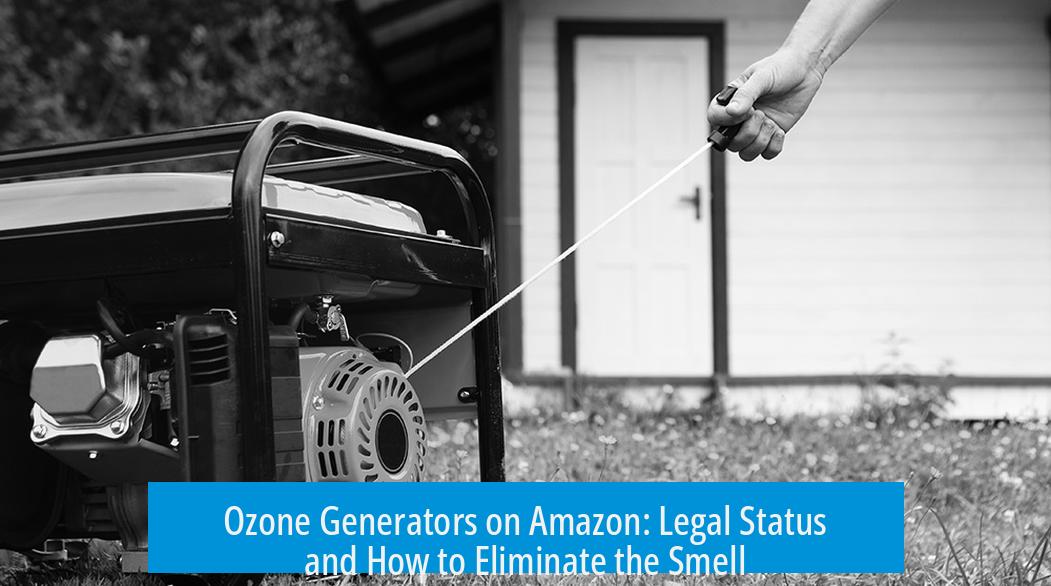
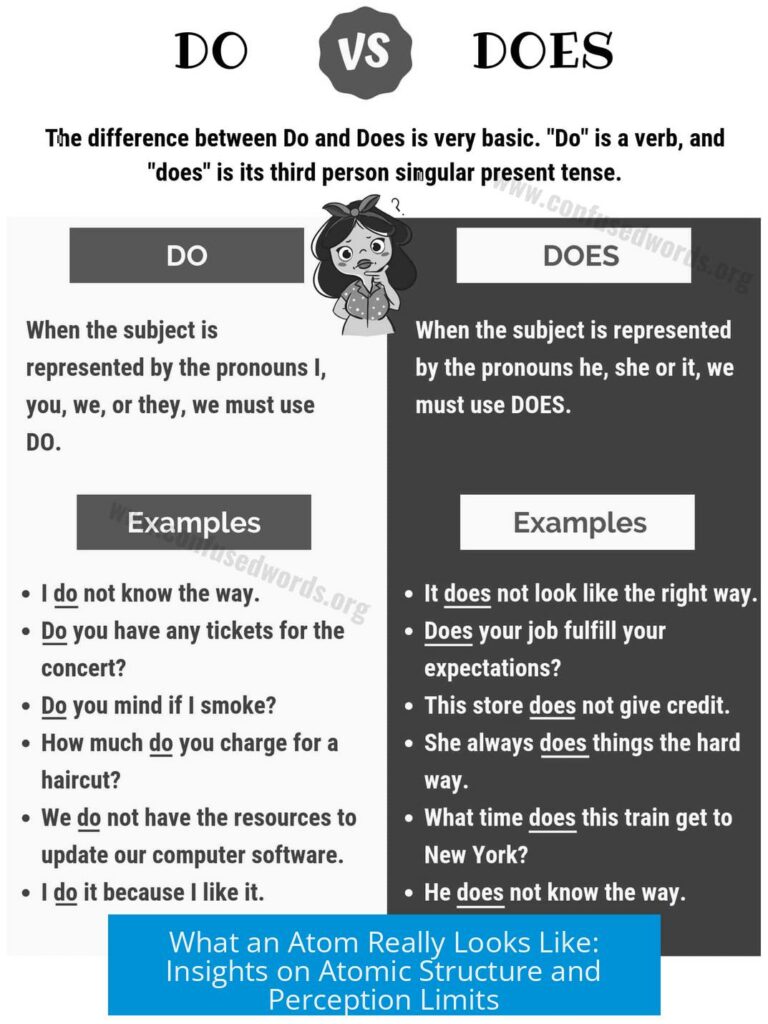
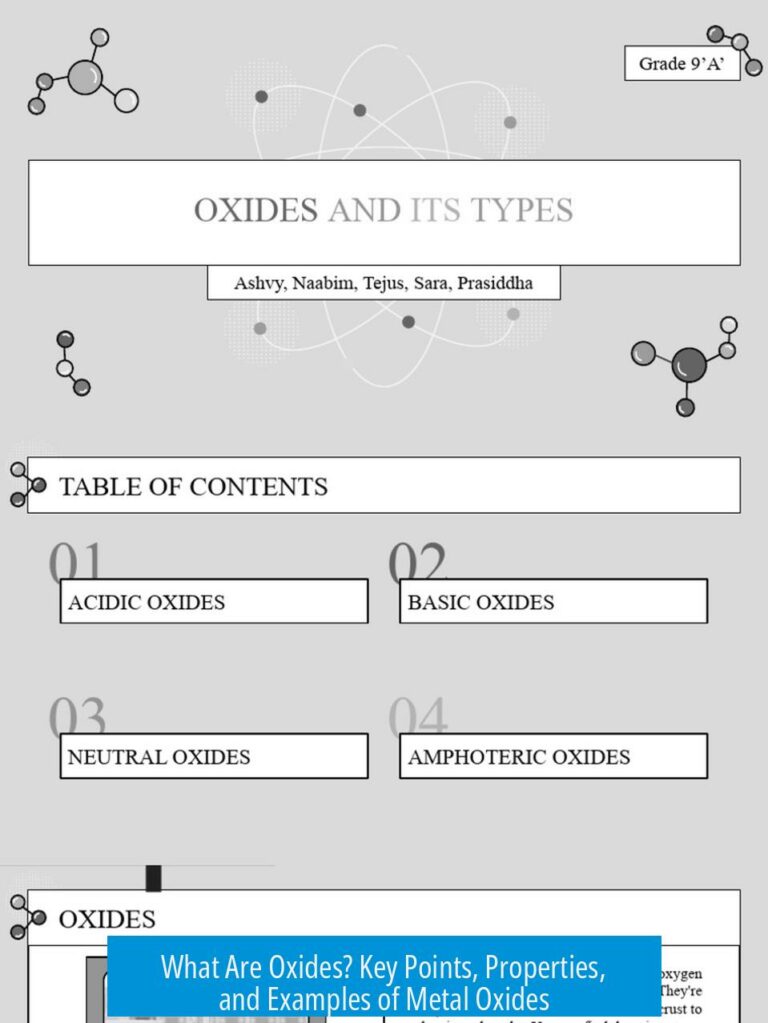
Leave a Comment